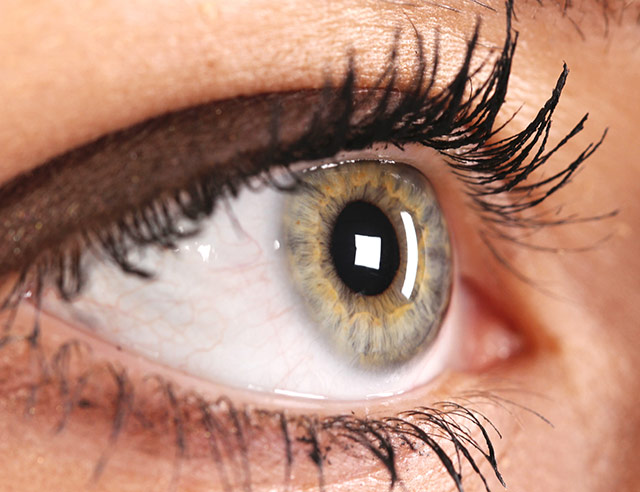When visiting an eye doctor for an annual checkup, most patients don’t have to worry about the major parts of the eye. However, if you begin to experience problems beyond simple nearsightedness or farsightedness, you need to know the parts of the eye in order to understand any associated diseases or problems.
The eye works much like a camera and is affected by the amount of light present. Two of the eye’s most important structures are the cornea and the retina. In the simplest terms, the cornea is the front of the eye, while the retina is the back; although that is not entirely that simple or all together true. There is much more to the functions of the cornea, retina, and other parts of the eye. The cornea is part of the eye’s outermost layer. It’s clear to allow light to pass through and permit the rest of the structure to focus on objects. The cornea is also part of the sclera, which gives the eyeball its white color.
In between the sclera and the retina is the choroid, which is full of blood vessels that feed the retina with nutrients and oxygen and help remove waste products. The retina is the nerve layer at the back of the eye- which senses light and creates electrical impulses that are sent through the optic nerve to the brain. Millions of light sensitive cells called rods and cones; which help convert light into signals that the brain interprets as images, compose the retina.
Cornea problems are more common than those involving the retina, and in their more severe form can necessitate the expertise of a cornea specialist. Common problems with the cornea include abrasions, infections, injuries, and exposure to toxic agents.
Problems involving the retina include age-related macular degeneration, diabetic retinopathy, and retinal detachment. All of these disorders involve the ability of the eye to see clearly. Early diagnosis and treatment of these conditions is important to maintain healthy vision.





